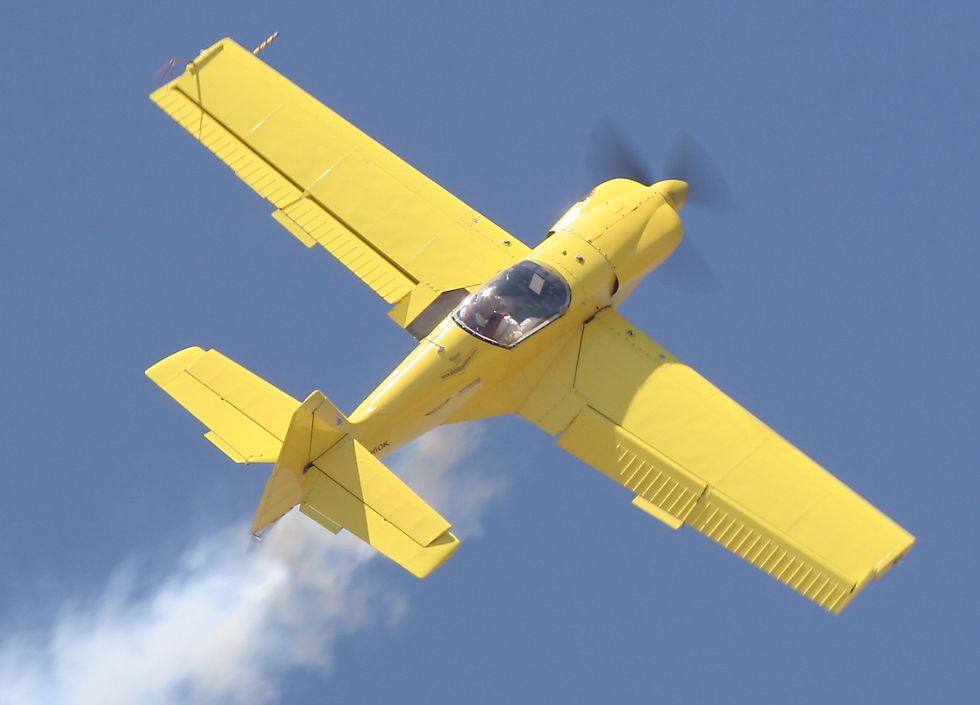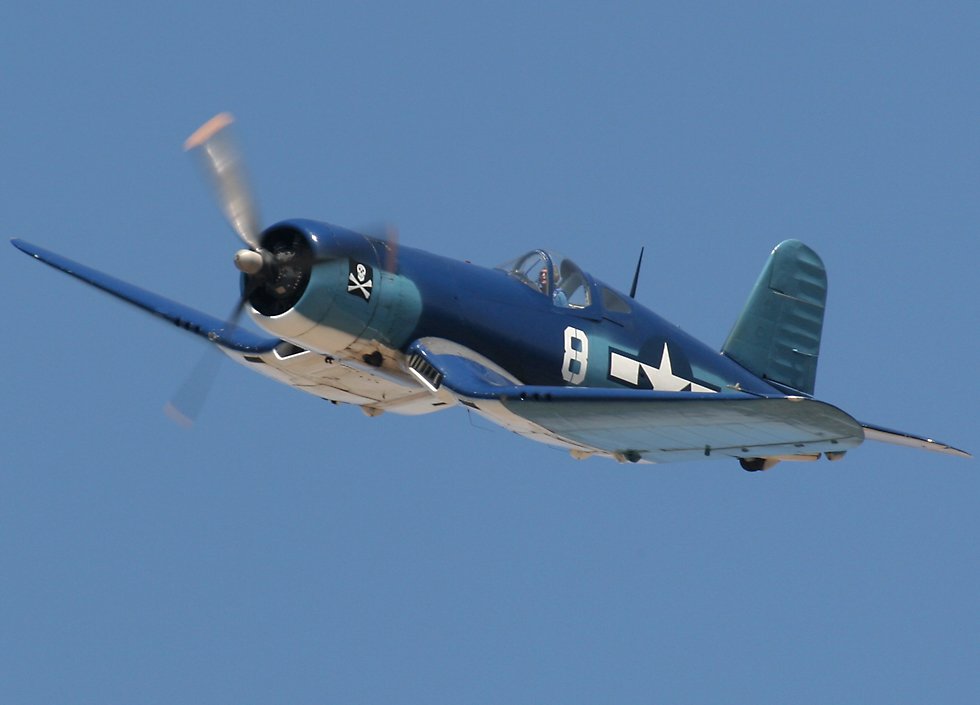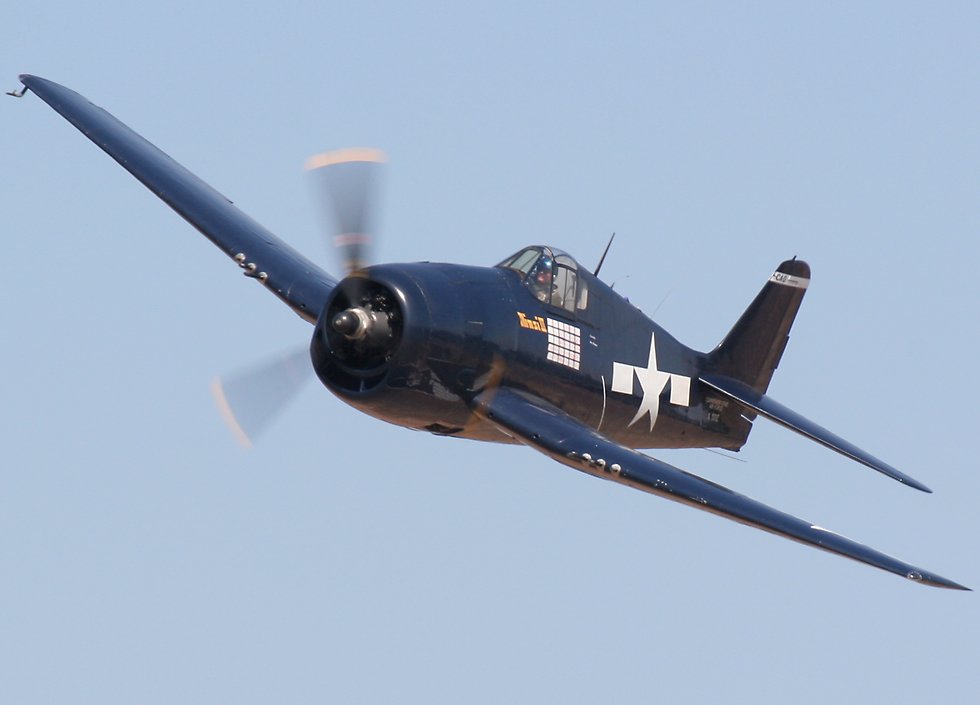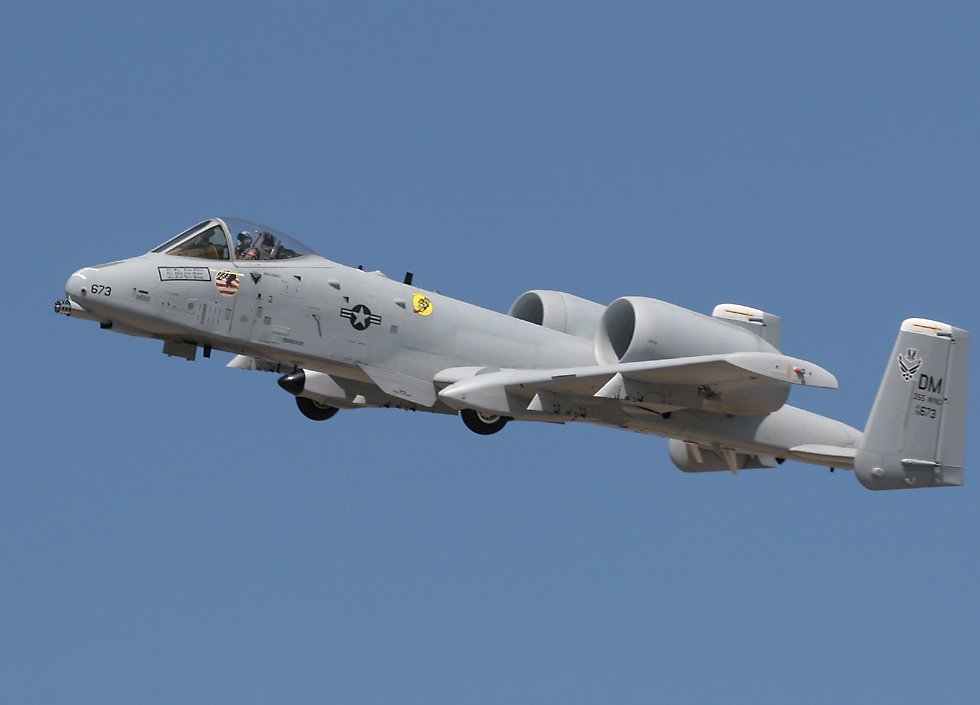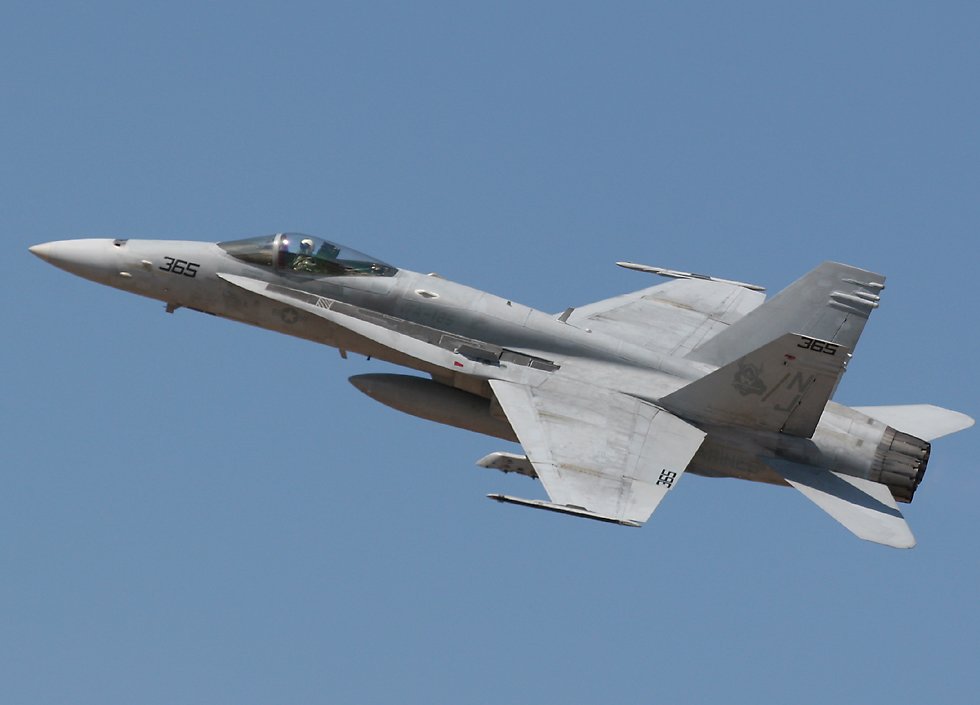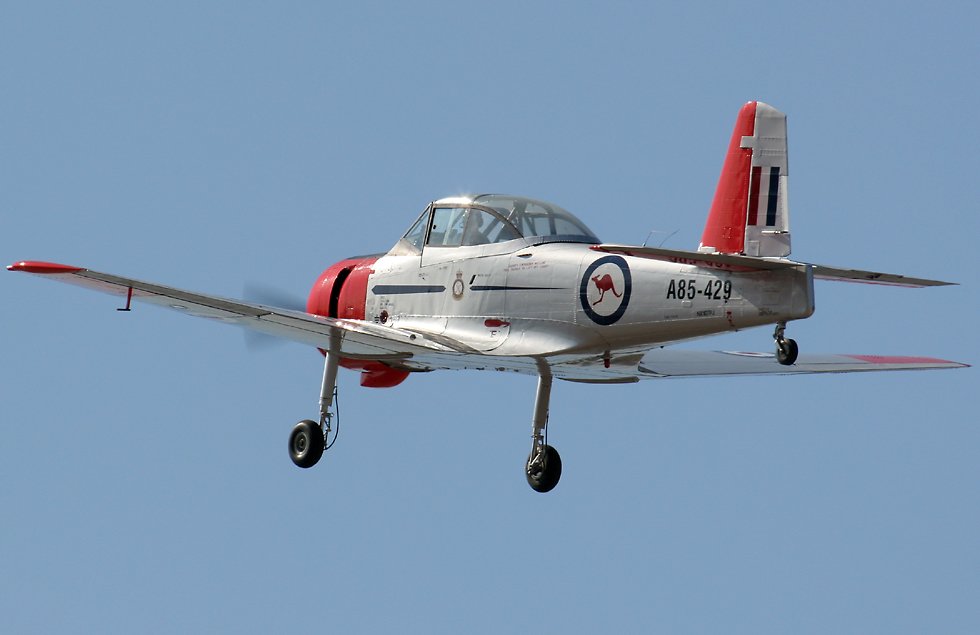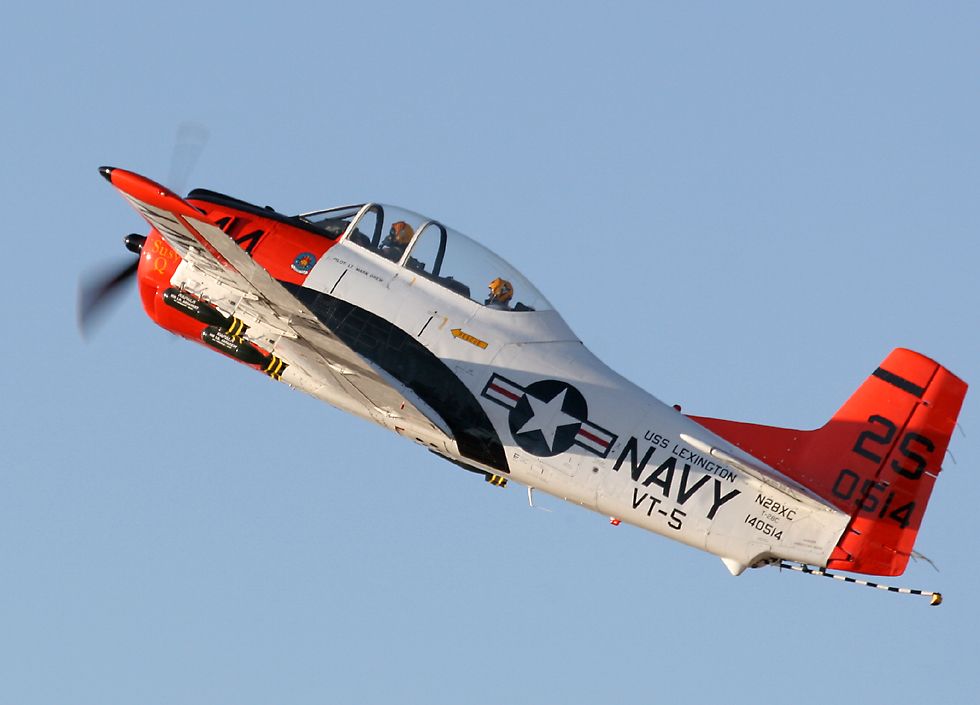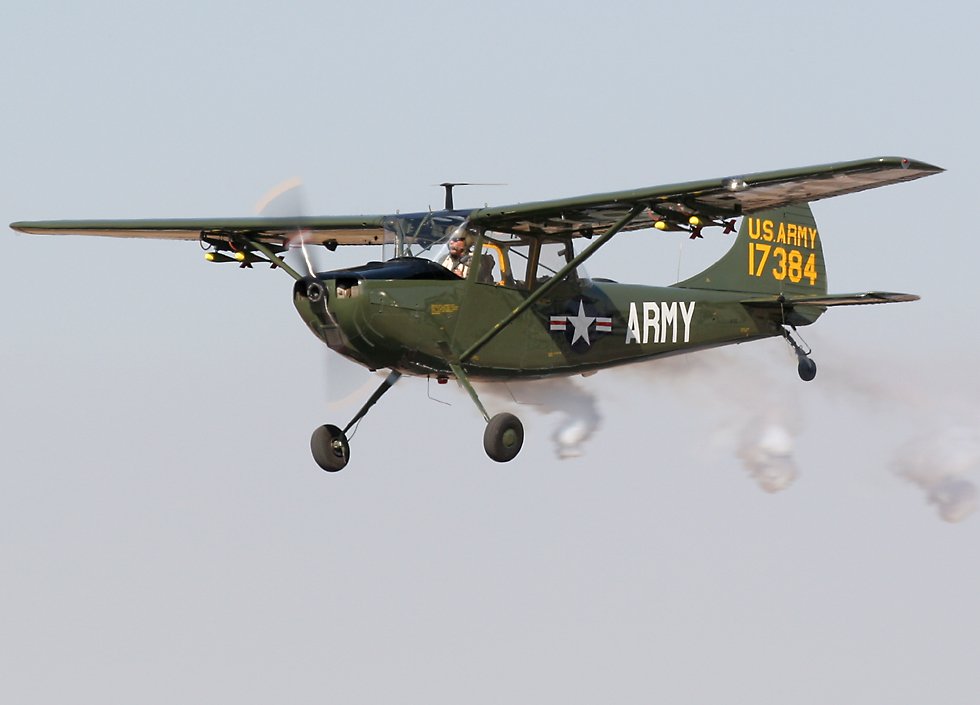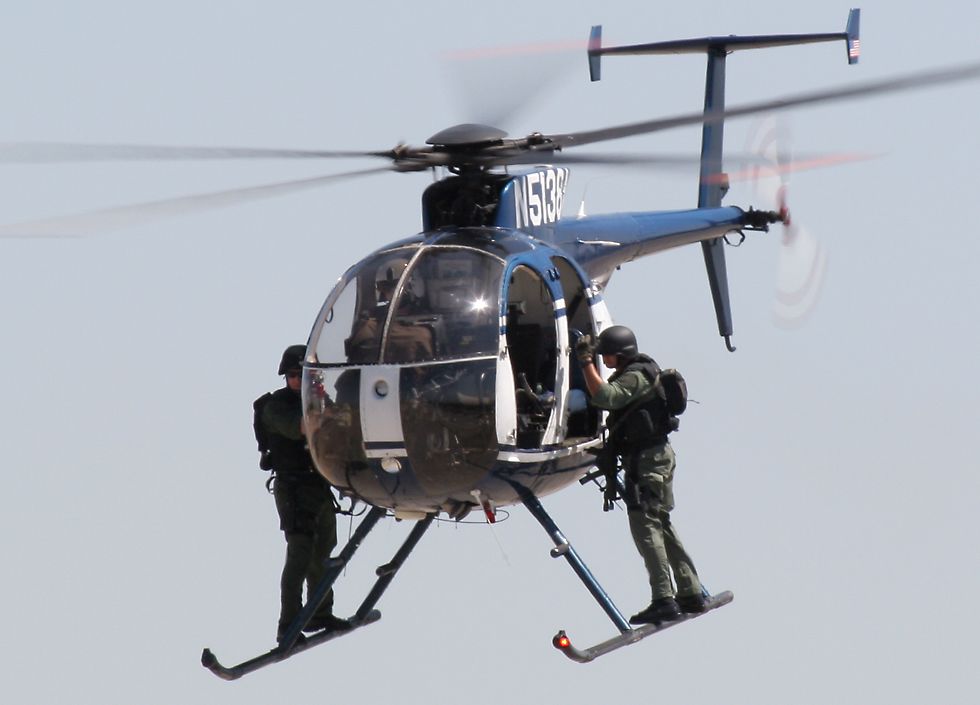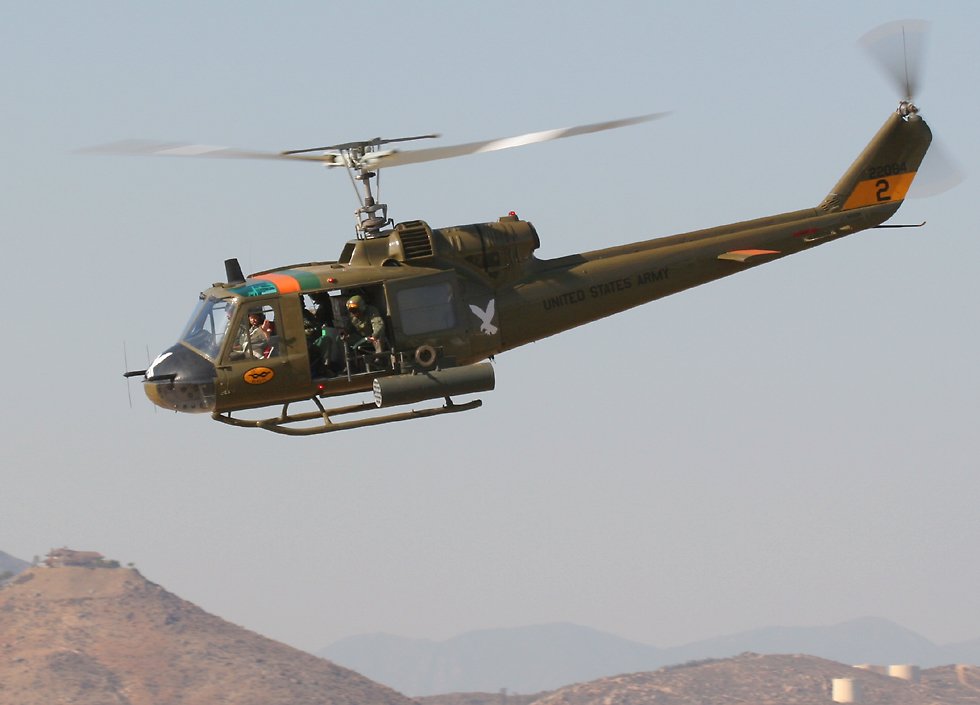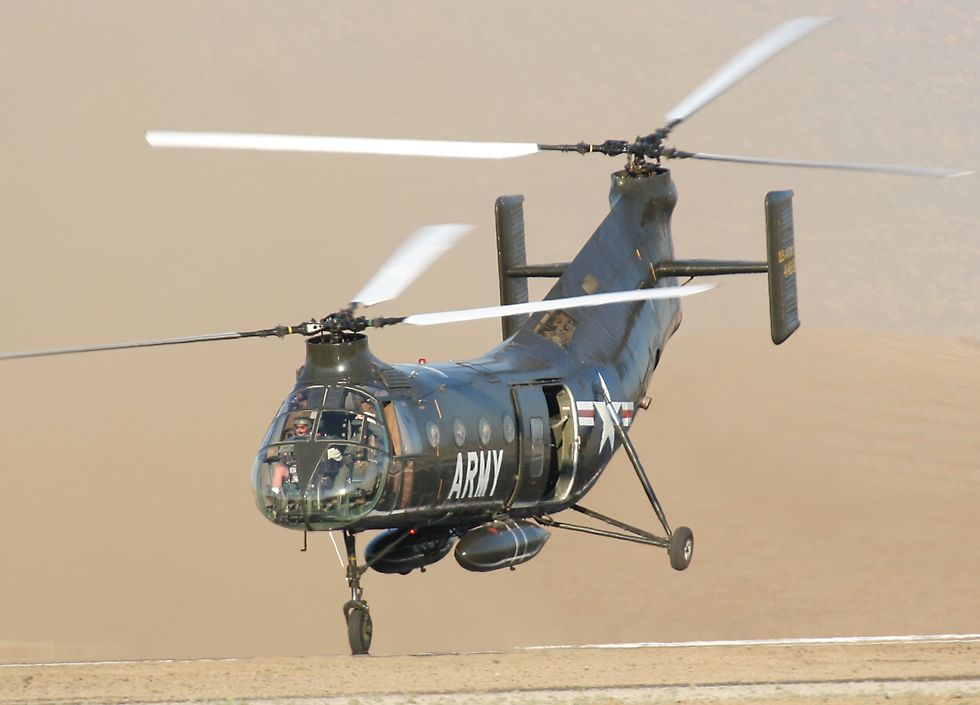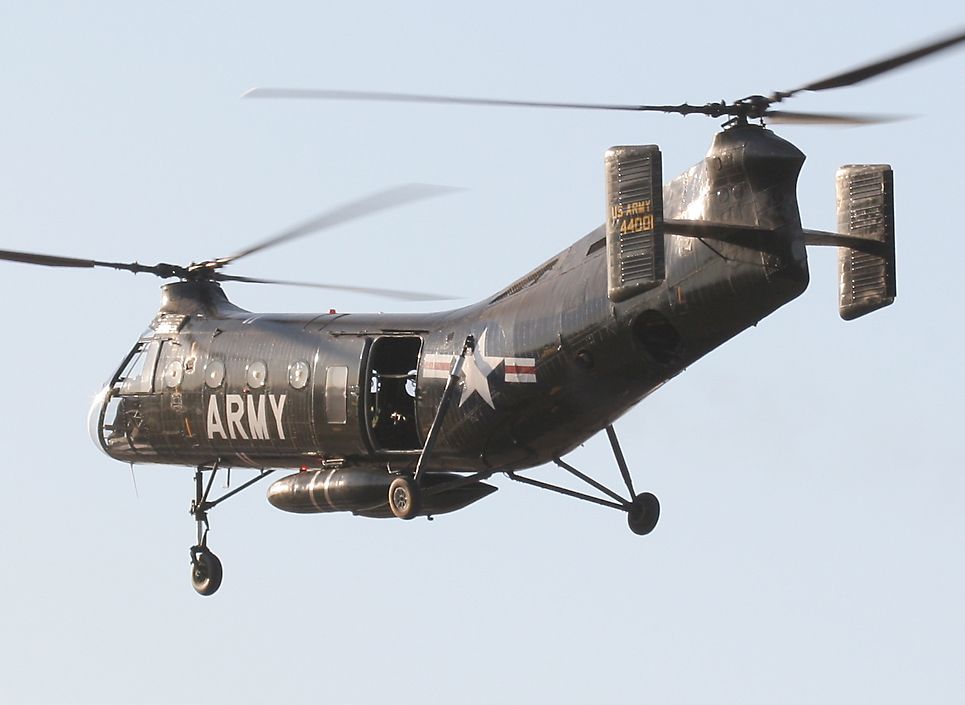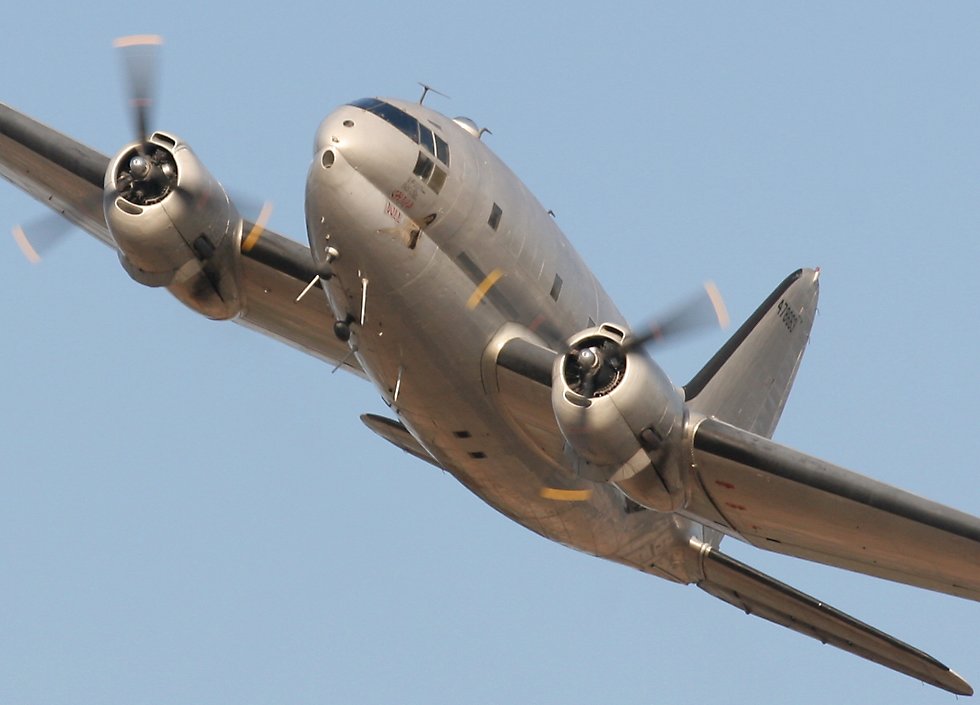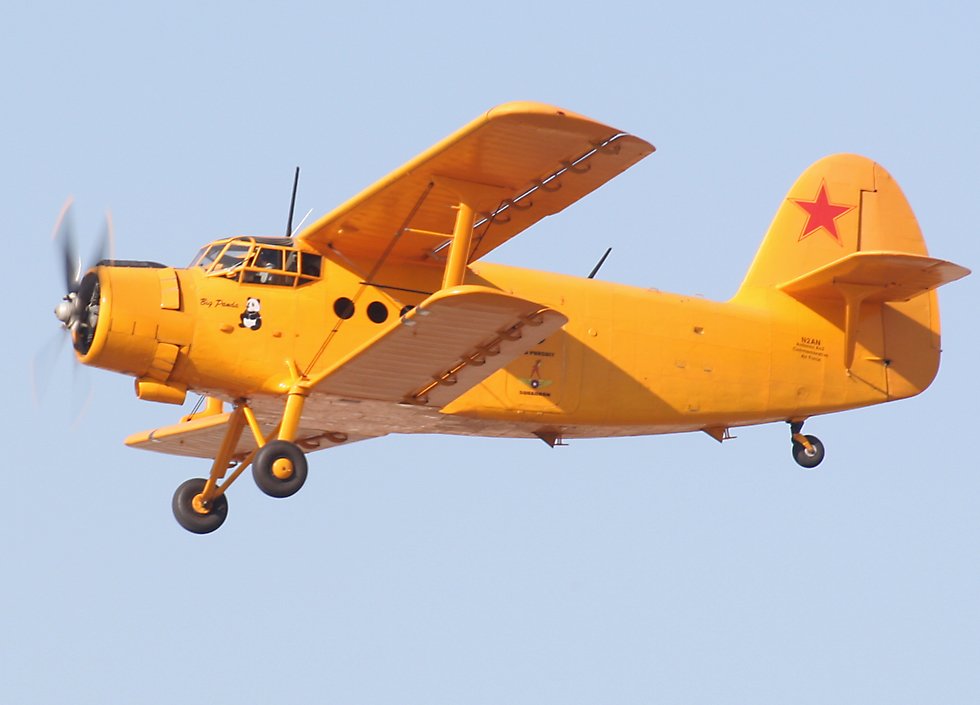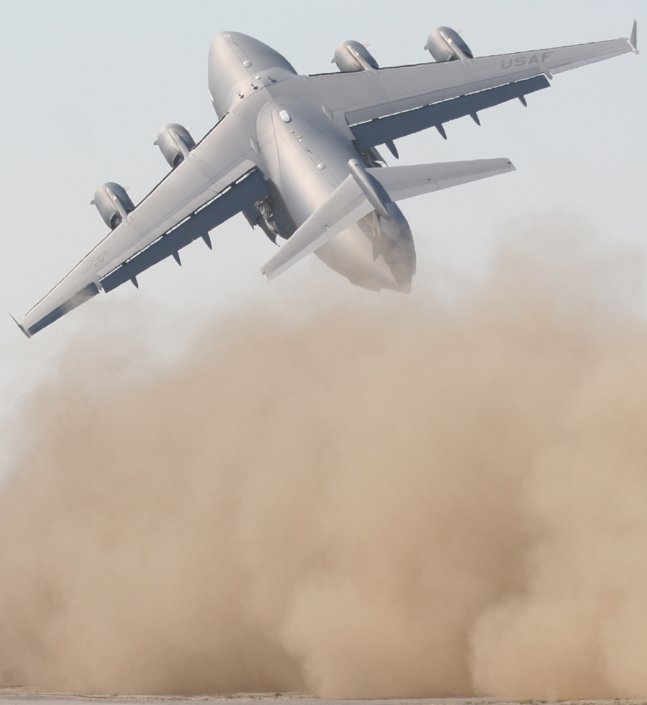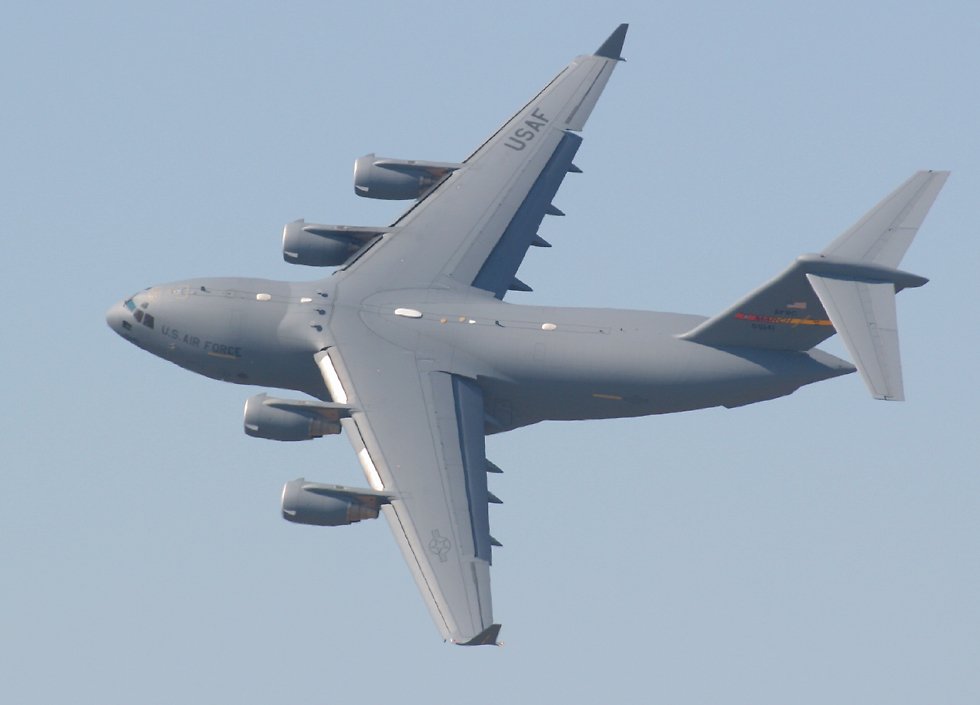Highlights of the 2007 Riverside Airshow
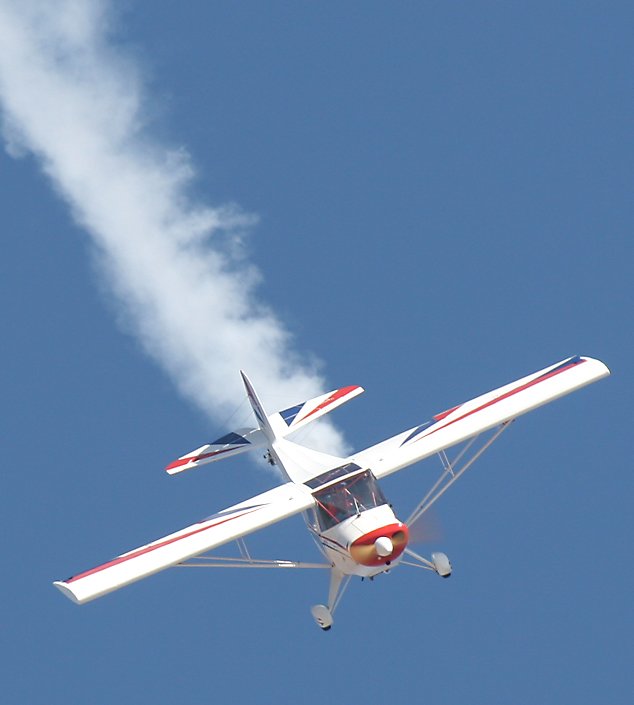
The Riverside airshow is a one-day event held each year at Riverside airport near the eastern end of the Los Angeles basin. It's a very friendly community-oriented show which includes a large display of classic automobiles as well as a very large selection of aircraft, both static and flying. Parking costs $5 but entry into the show itself is free, which means that upwards of 70,000 people attend each year, spread across a large enough area that it doesn't feel crowded. The show always has a number of aerobatic performers, including "Dr D's Old-Time Aerobatics", which sees local legend Dr. Frank Donnelly flying his 1946 Taylorcraft "T-cart", both with the engine on and turned off for his trademark "dead-stick" landings. |
|
This A6M3 Mitsubishi Zero fighter belongs to the Confederate Air Force wing based at Camarillo, authentic except for its American engine. |
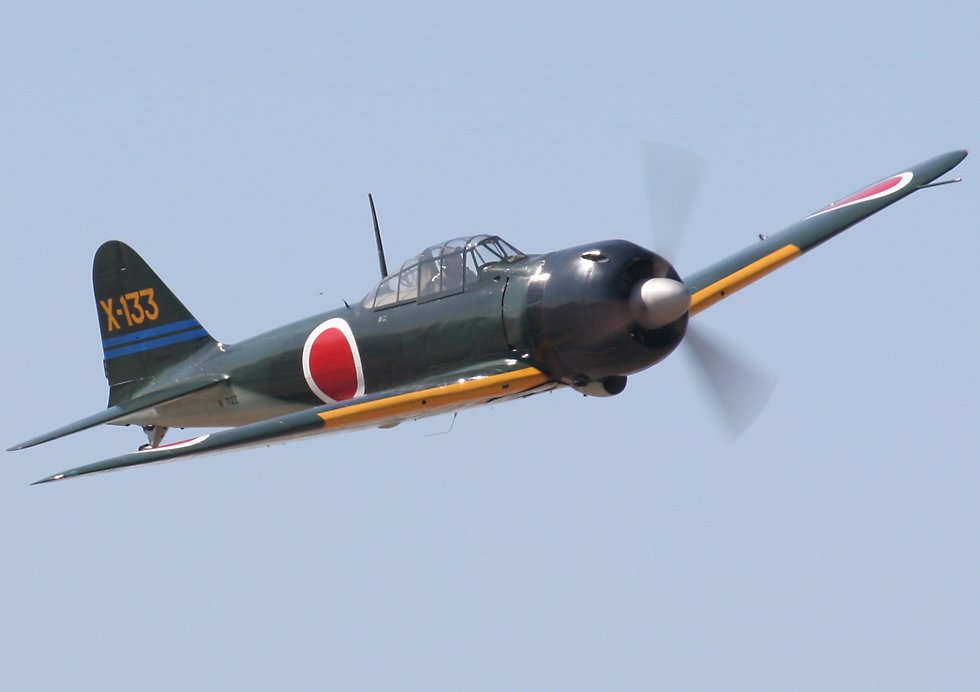 |
|
The Camarillo CAF is the only organization in the world that can put together a formation like this, featuring the top wartime fighter aircraft of the Japanese and American forces. |
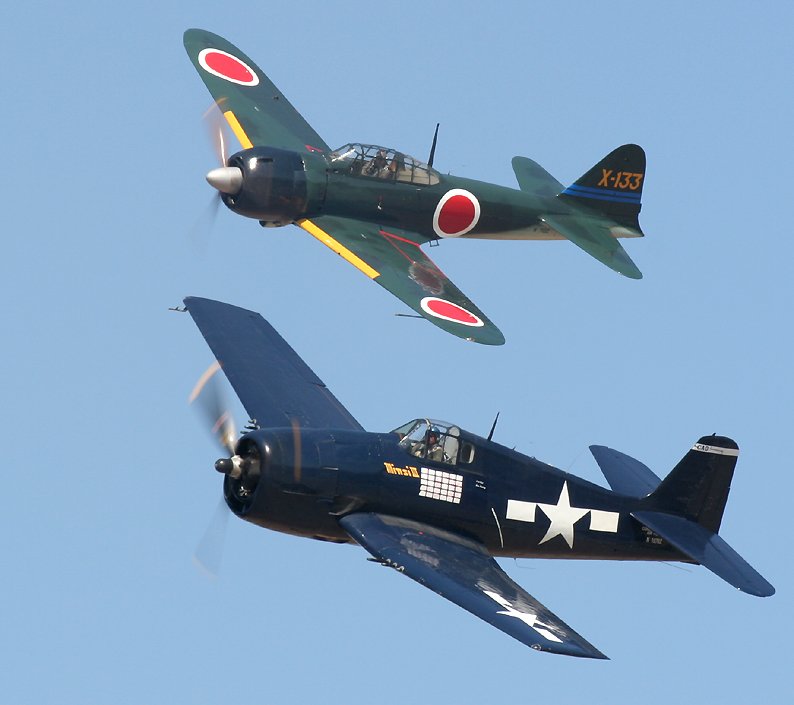
|
|
Chuck Hall owns and flies this immaculate P-51D Mustang called Six Shooter, which saw service with the Bolivian air force. He bought his first Mustang in 1965 for $9000 and taught himself to fly it. |
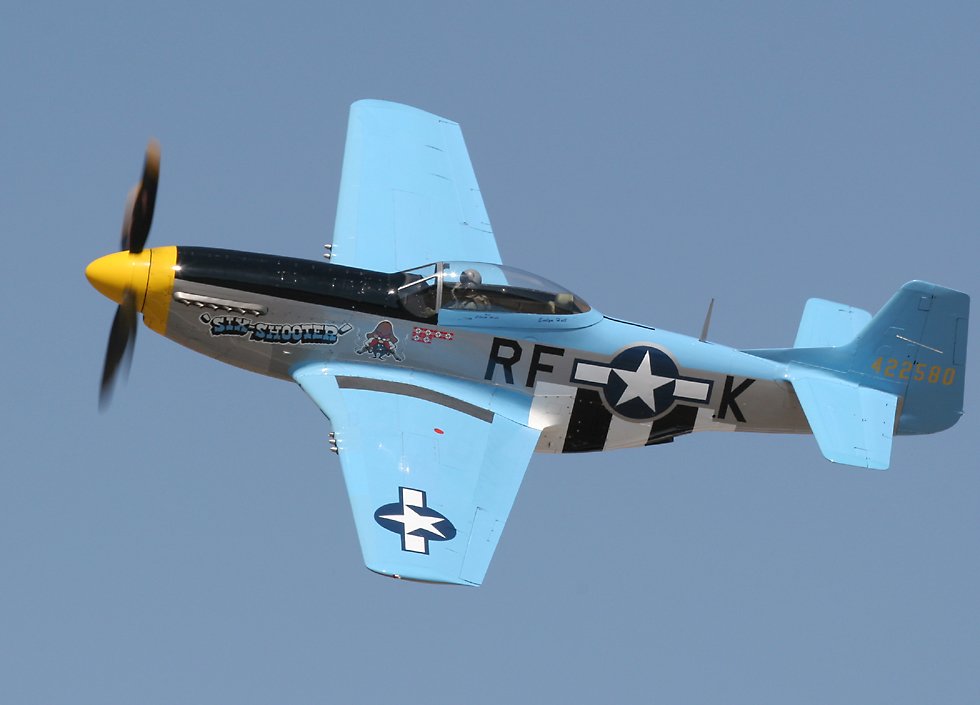 |
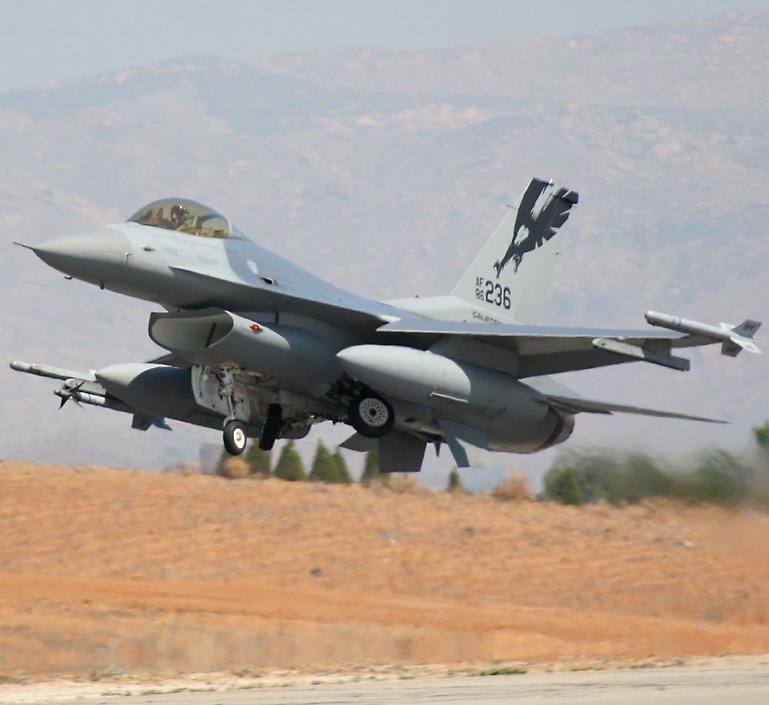
The California Air National Guard also strutted their stuff at the show, flying two F-16 Fighting Falcons. Their demonstration consisted of two passes, the first time in formation and the second time individually while each did a "touch and go" on the runway, before pulling up with full afterburner. |
|
It's very rare to see military aircraft loaded with even dummy munitions, so it was nice to see these ones equipped in this way. |
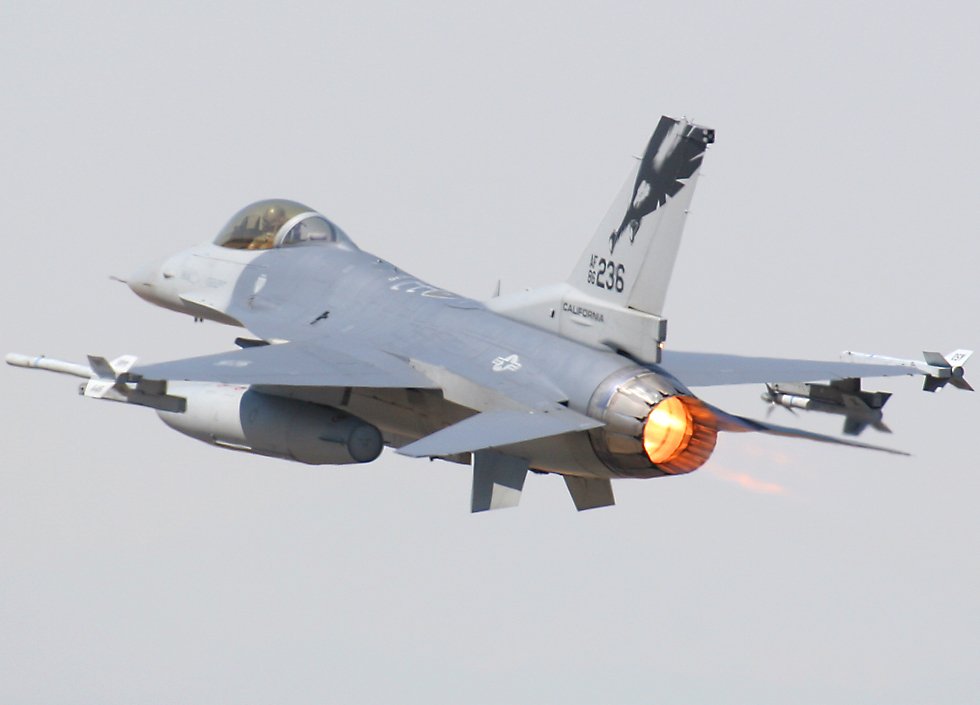 |
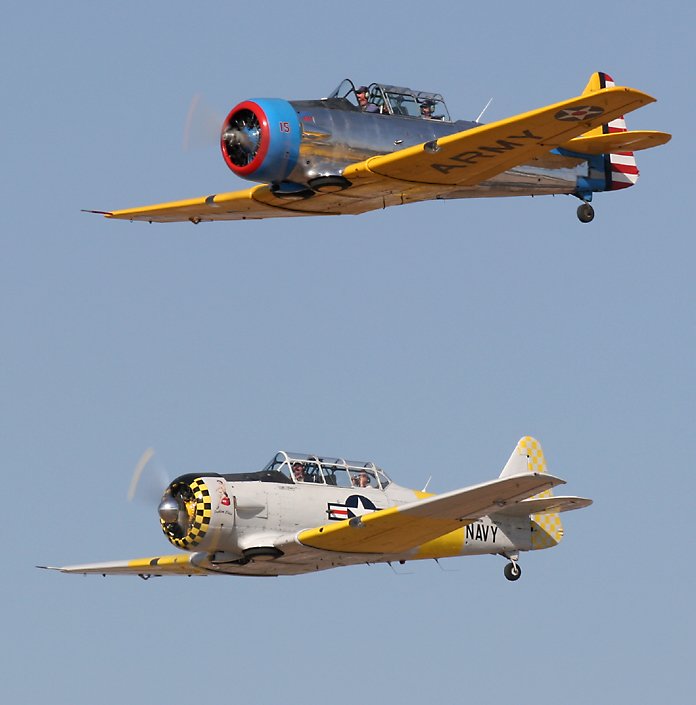
The show also had quite a few non-combatant warbirds flying, such as these world-war two era trainers. If you're thinking that this is a pair of T-6s then you'd be wrong, the top one is indeed a T-6 Texan, but the bottom one is in navy colors and is therefore an SNJ - the S standing for "scout", the N for "trainer" and the J for the "North American" company, which designed and manufactured the plane, and was later responsible for the P-51 Mustang. Regardless of the designation, these are some of the most important aircraft of the war, earning the nickname "the pilot maker" because of the number of wartime pilots who learned to fly in them before moving on to fighters or bombers. In total over 17,000 were built, being used not only with the US army air force and navy, but also with air forces of the British Empire, in whose service the plane was known as the "Harvard". Aircraft such as these are cheaper to buy and to operate than fighters, allowing people an easier "entry level" into this type of flying, but it still costs a pretty penny to break in to this field! |
|
These T-34 Mentors were developed shortly after world war two, to give trainee US air force pilots familiarity with tricycle landing gear aircraft. |
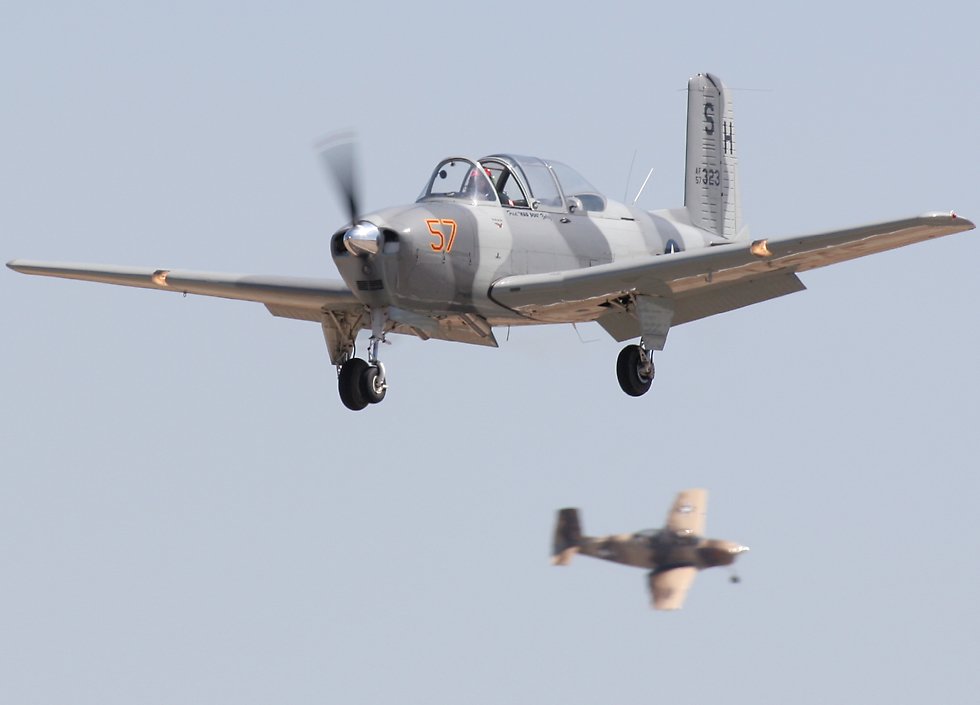 |
|
After the show we were treated to several other helicopters, including this blackhawk painted in a natty black and gold Homeland Security color scheme. |
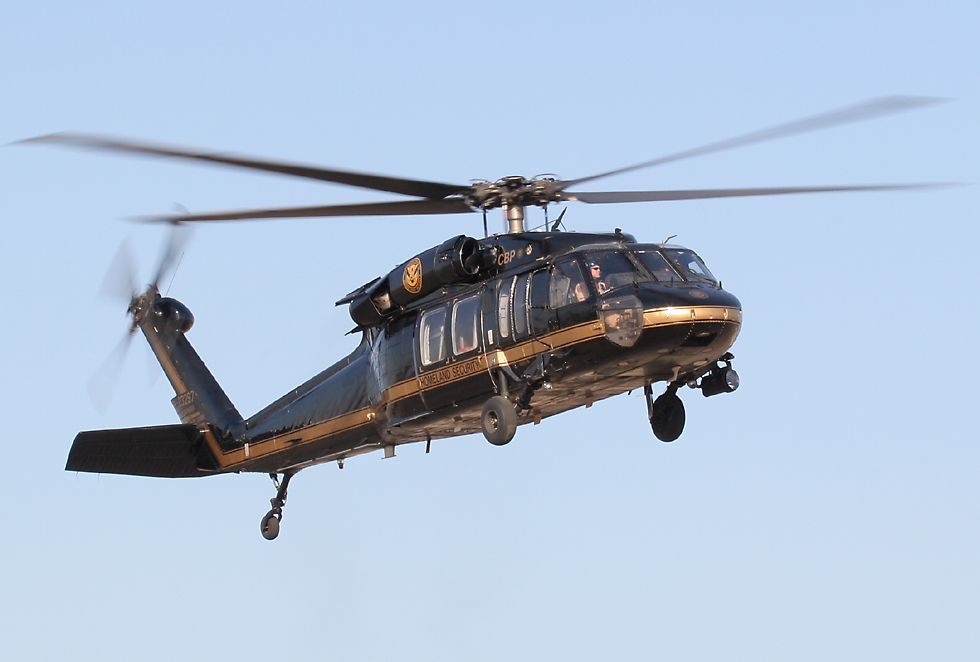 |
|
It's not often that cargo planes get to be the highlight of an airshow, though the Italian air force G222 and C-27 Spartan can certainly make that sort of claim. The US air force pilots at nearby March Field can't pull the neat tricks of the Italians, but they put on a very impressive performance nevertheless, starting with this undercarriage-down pass from a KC-135 Stratotanker aerial refueller, which is really as steeply banked as it looks. |
 |
|
The C-17 did two takeoffs, the second one with the banked takeoff and the first one shown here, with a very steep climbout. They were both very impressive demonstrations of the aircraft's abilities. |
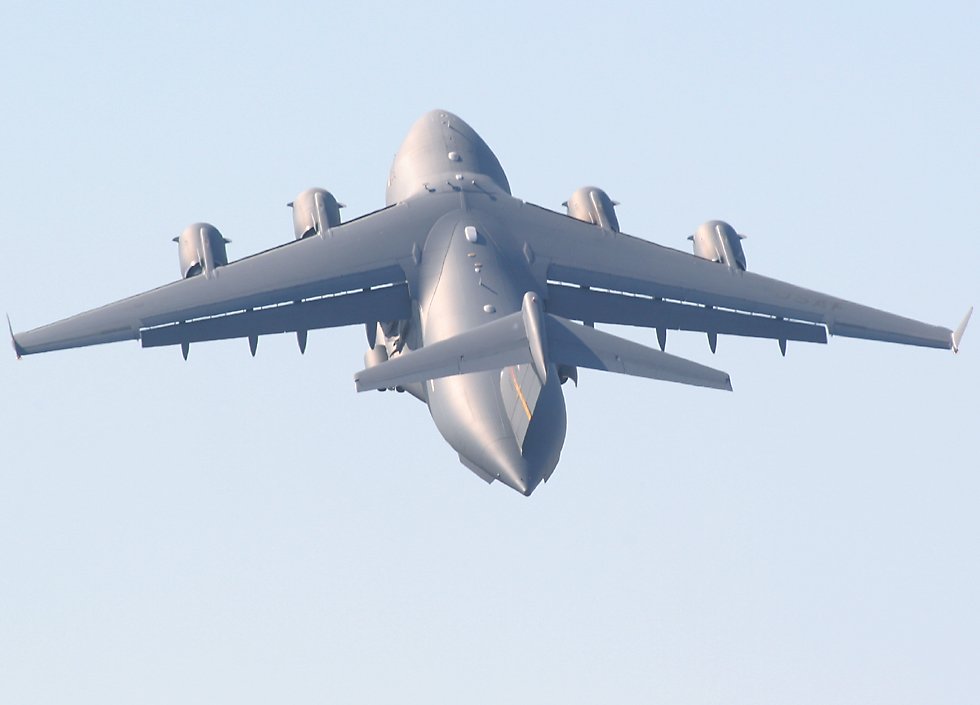 |
